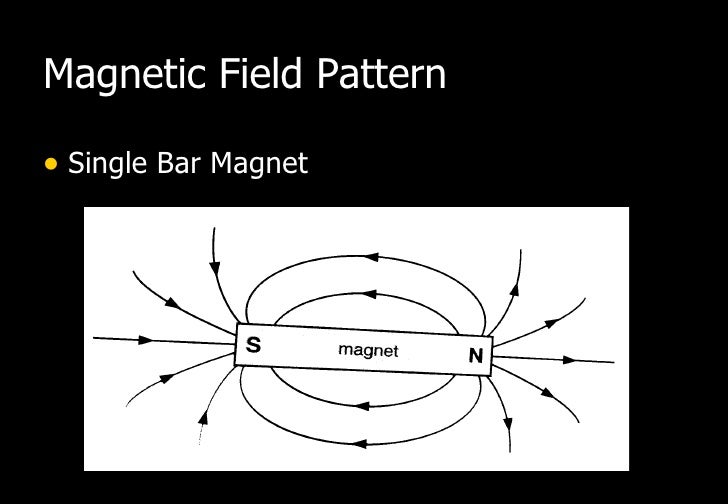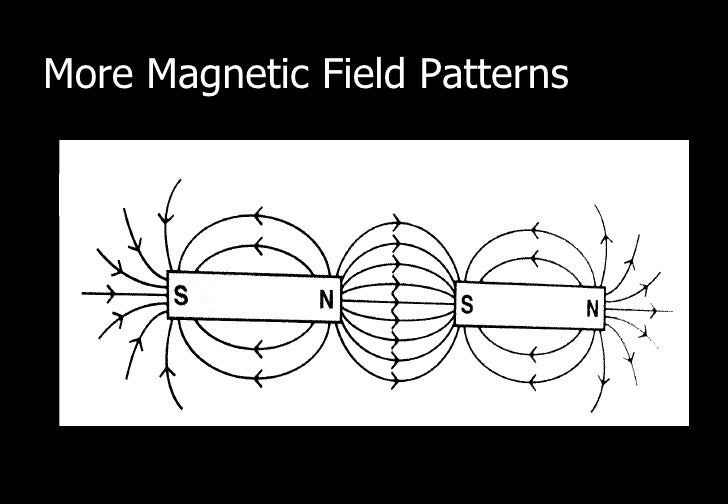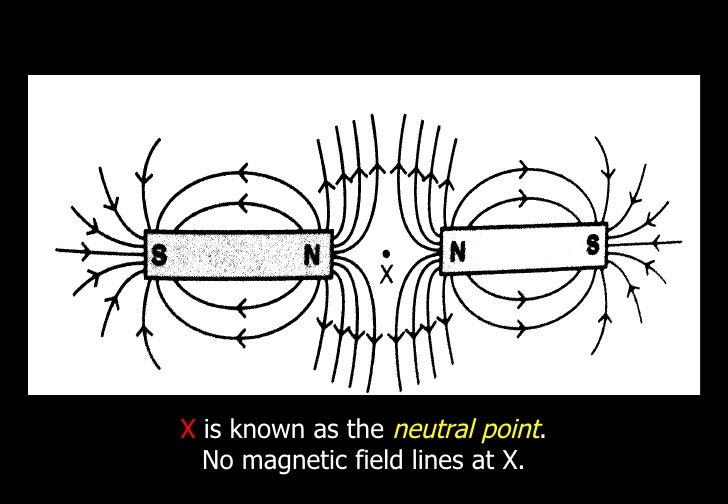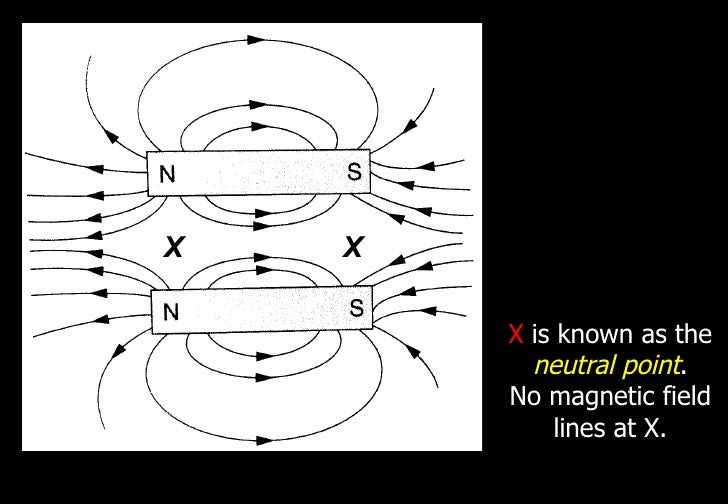Anyone know a source for some 1/4" thick A5 bars? Just like the typical humbucker bar, but thicker. 1/2" tall, maybe 2.5"+ long magnetized in the 1/2" direction.
I want to try building a pickup with a thick blade. I can't seem to find any wider that 1/8".
Thx!
I want to try building a pickup with a thick blade. I can't seem to find any wider that 1/8".
Thx!





Comment